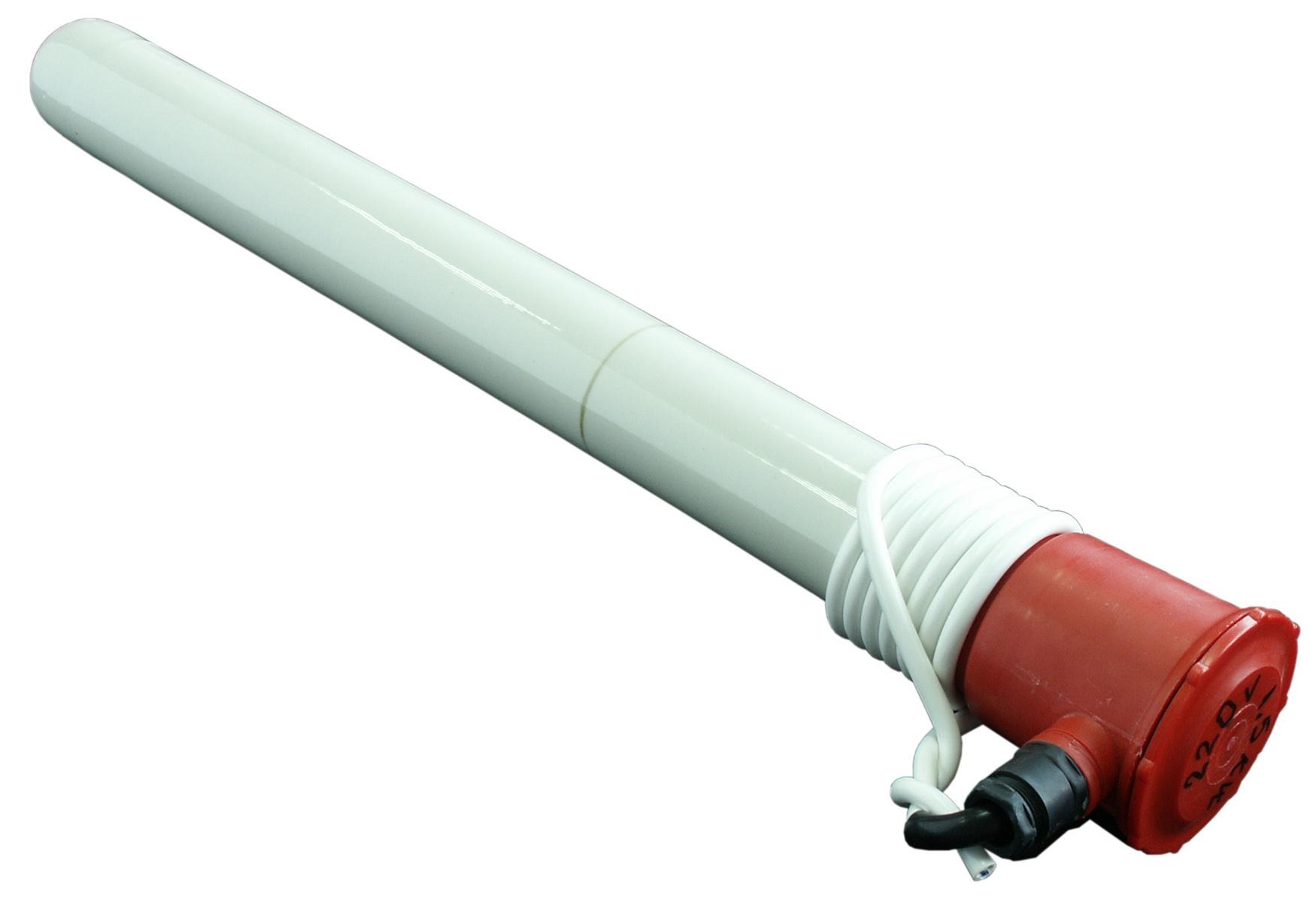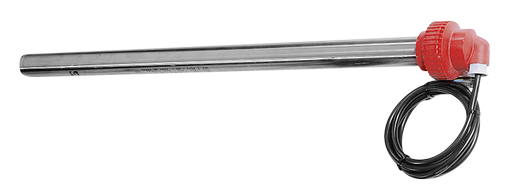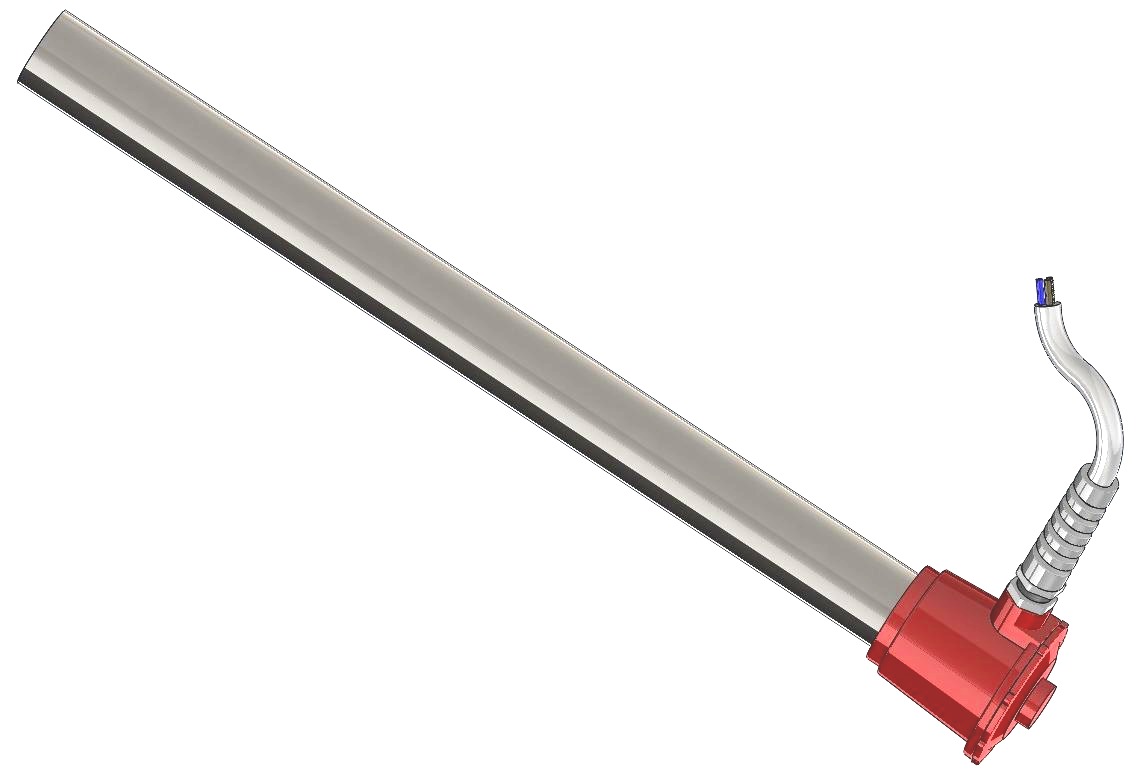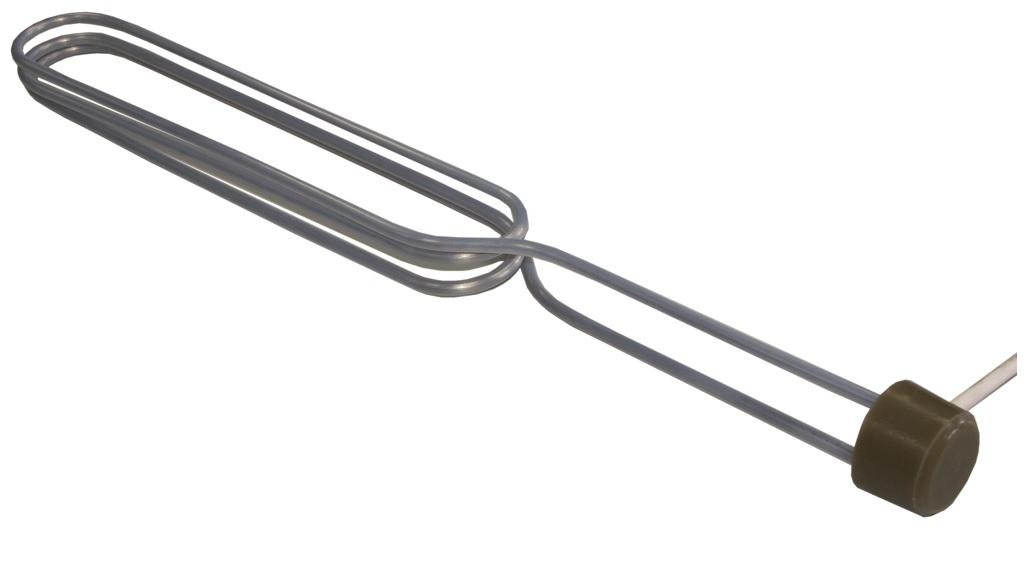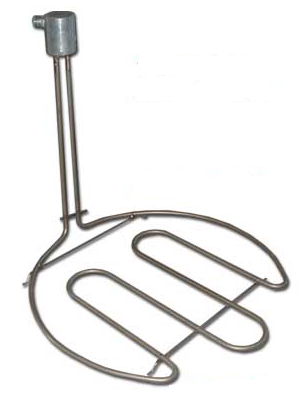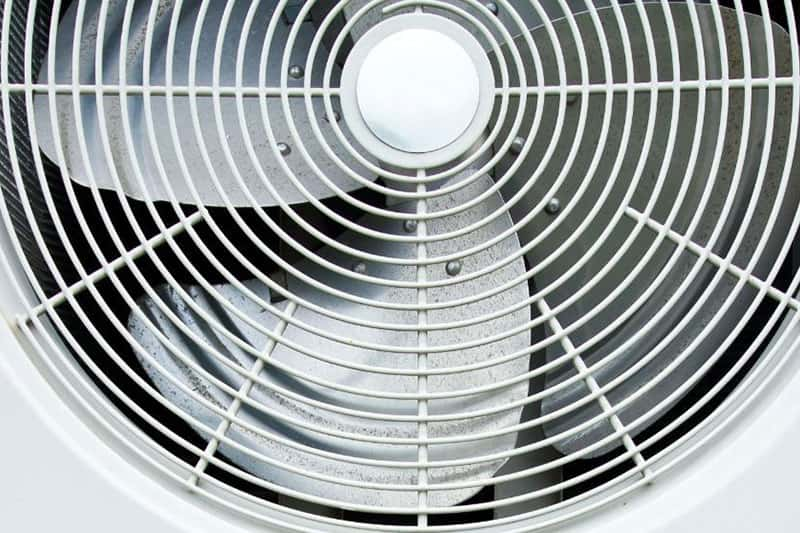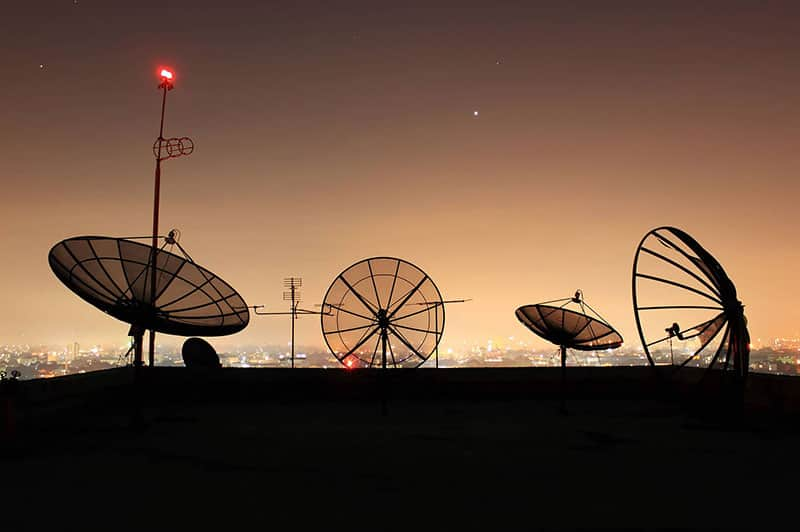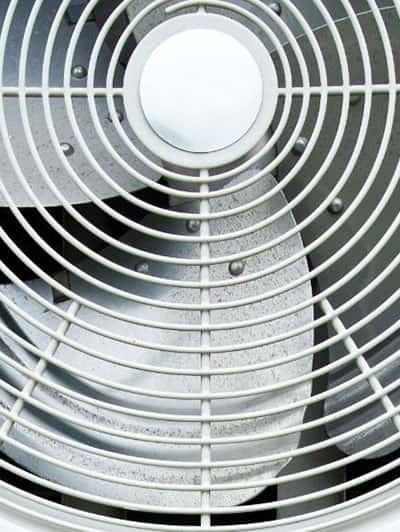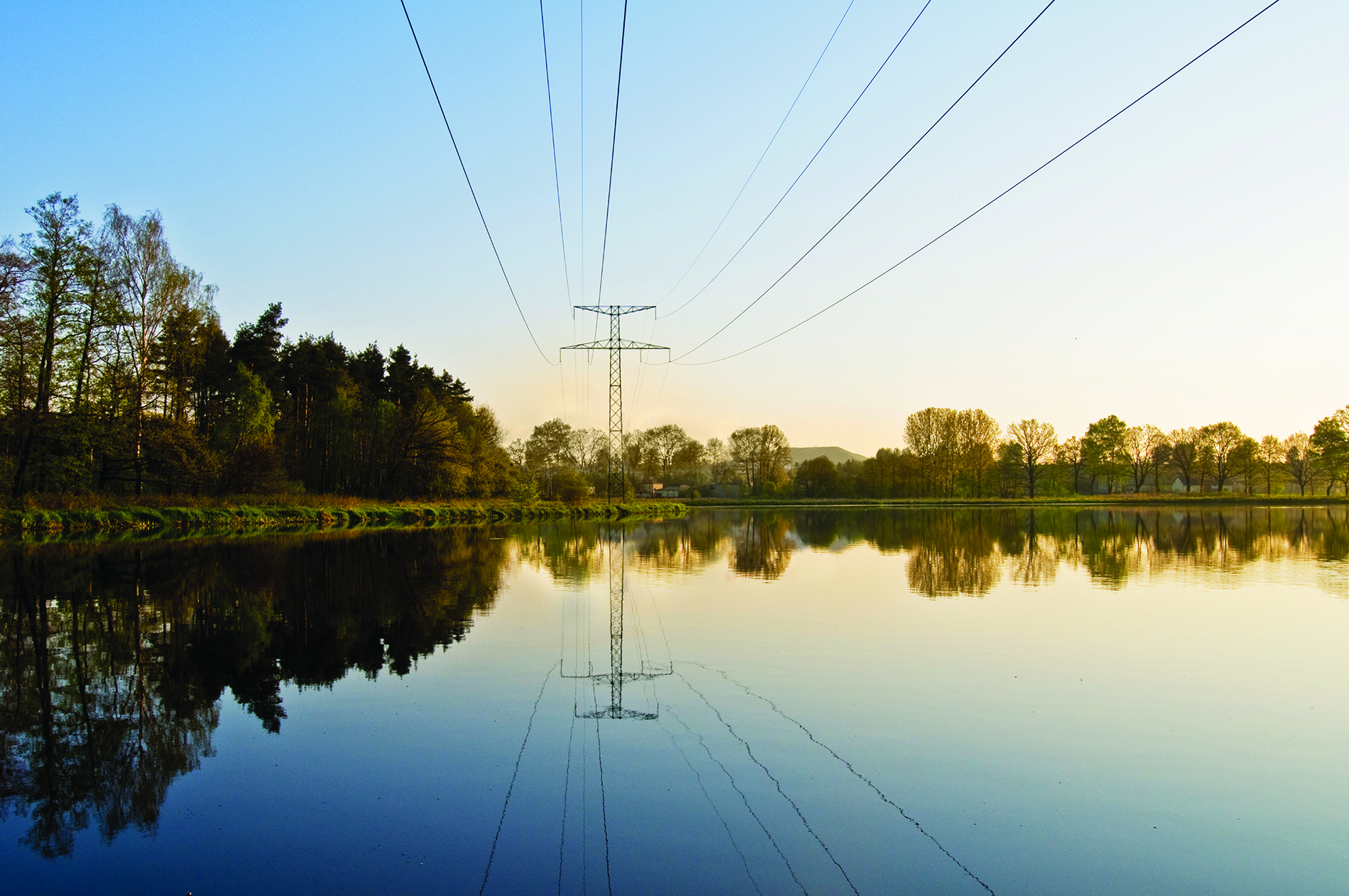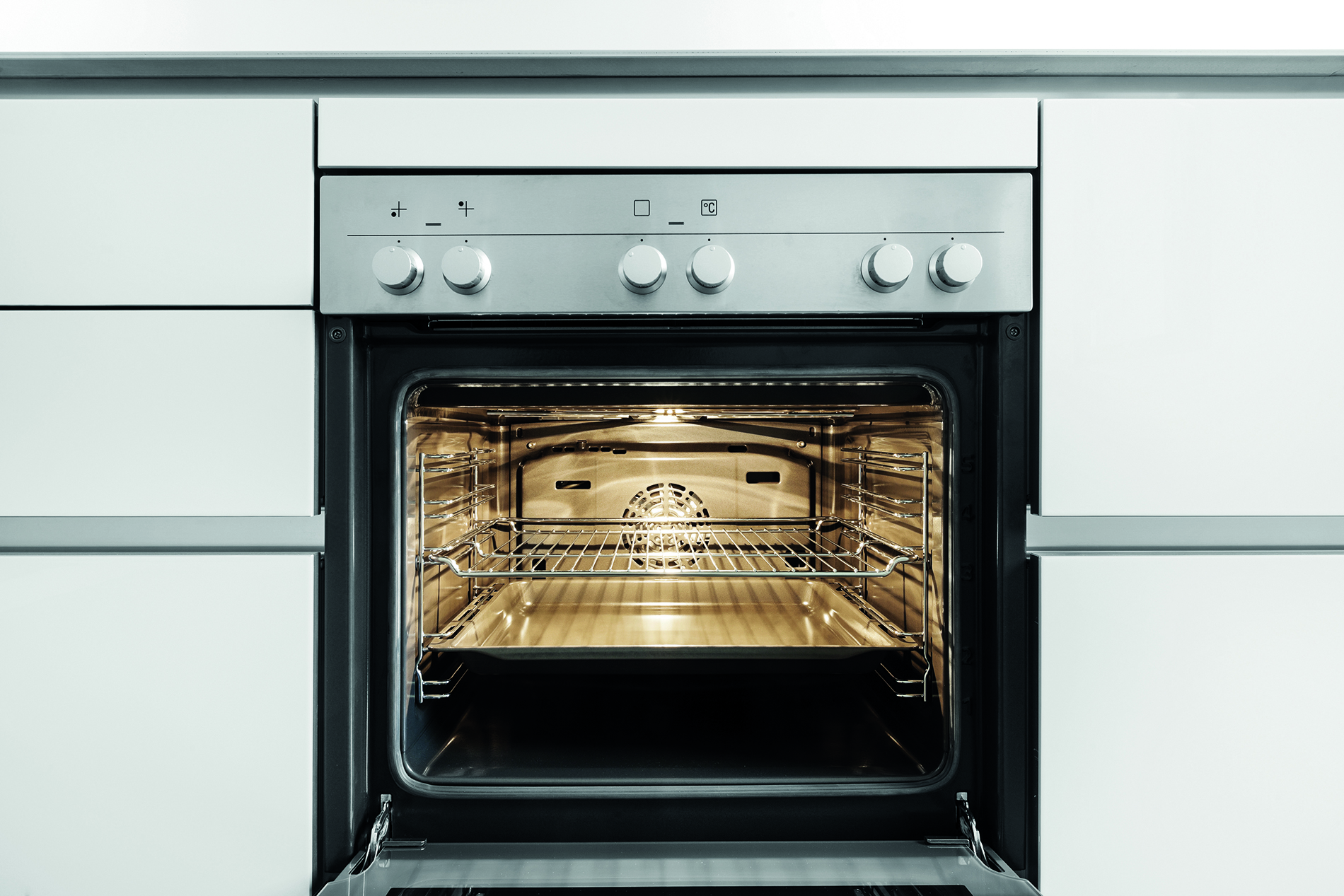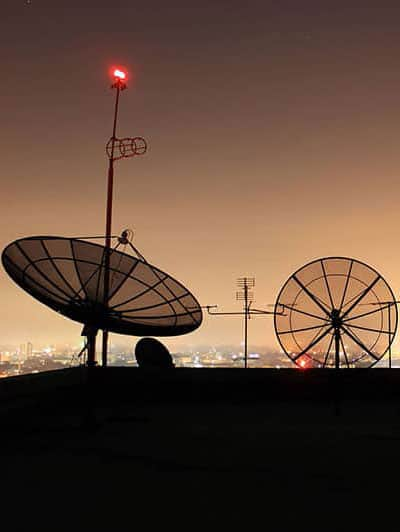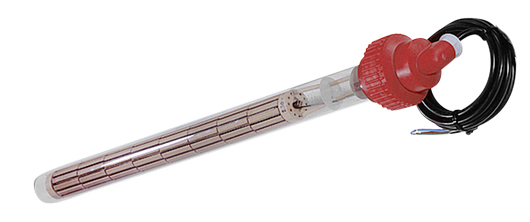
gLASS TUBE
No deposits at the surface of tube
DESCRIPTION
This type of heaters are manufactured in protective tubes made of quartz glass. They are delivered with protective caps and connection cables. The main advantage is the possibility of changing the ceramic cartridge (or tubular element) without changing the protective tube. They are used for heating of fluids in electroplating baths and tanks. The heaters are immersed directly in working solution. Transfer of heat from heater to fluid is made by radiation through glass and therefore glass tube remains cold and no deposits are formed at the surface. Glass tubes are not resistant to mechanical damage and shocks. Glass tubes can be seriously damaged when operating on dry, outside of fluid. As a rule glass tubes are resistant to acids, but hydrofluoric acid is an exception.
APPLICATIONS
- Phosphating baths
- Nickel-plating baths
- Tin-plating baths
- Other electroplating baths and tanks
Technical data
Type of | Liquid heating |
Material | Quartz glass tube |
Dimension | Diameter of tube: Ø55mm |
Assembly | Vertical position in the bath |
Connection | PVC cable 2m included |
Design | Standard range or acc. to customer specification With ceramic heater inside tube |
Other | Voltage: 230V, 400V, 3x400V Regulation: External thermostat, Liquid level controller |
Benefits
- No deposits are formed on glass tubes
- Changing the heater without changing the tube
- Glass tubes are resistant to acids
